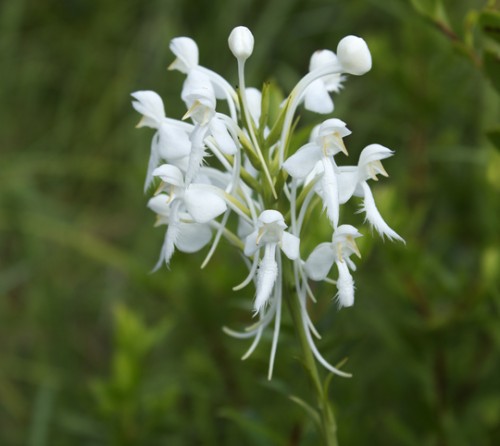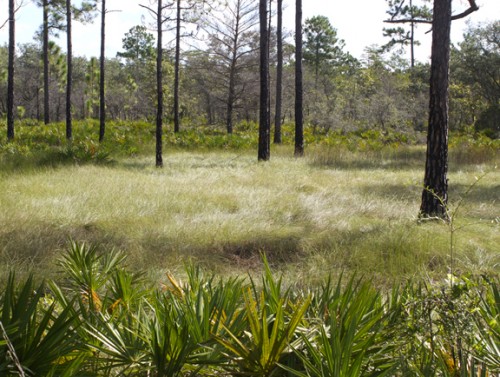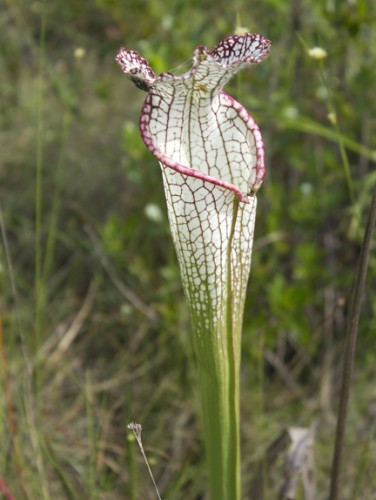
Many people wonder why prescribed burning is done in our area State parks. Before there were roads and developments, lightning-set fires frequently swept almost unimpeded across Northwest Florida’s landscape. Over thousands of years, many natural habitats have evolved under the influence of periodic fire – and are dependent on it.
Restoration and maintenance of such fire-dependent habitats now requires prescribed burning – the mimicking of lightning fires by carefully introducing fire according to detailed control plans called prescriptions. One of the many benefits is fire rejuvenates the forest floor, and nature as it was intended naturally.

One ongoing success story that includes prescribed burns is a restoration project at Grayton Beach State Park and Deer Lake State Park. With burning, along with eradicating woody species that have suppressed proper wetland growth, the two parks are showing signs of enormous improvement. The long-term goal of the project is to bring the two parks back to their original ecological state. The prescribed practices will create an environment for flora such as carnivorous plants, and fauna such as the gopher tortoise to thrive.
The Grayton/Deer Lake project started with initial funding in 2011 for a pilot project funded by the US Fish and Wildlife Service. In 2013, Department of Environmental Protection and Atlanta Botanical Garden began jointly pursuing larger scale funding from the Gulf Environmental Benefit Fund (GEBF). In 2014 those efforts secured separate awards to work jointly on a five-year restoration project to restore the degraded wetlands in the watershed of the coastal dune lakes in Deer Lake State Park. The project to date has restored approximately 30 acres. Rare plants thought long gone are coming back to life.

Rose pogonia, grass pinks, pitcher plants and related bog species have been returning in numbers. The rare white fringed orchid has reappeared, and reintroduced with assistance from Atlanta Botanical Garden (ABG). At Deer Lake, one restoration site went from a single white fringed orchid to more than 100 over three seasons. Other species such as pine lily and Curtiss sandgrass have been coming back as well.
“It’s a long term project, the results of which will benefit future generations,” said Matthew Allen, manager of Grayton Beach and Deer Lake State Parks.
Click here to learn more about Deer Lake State Park.
Click here to learn more about Grayton Beach State Park.
